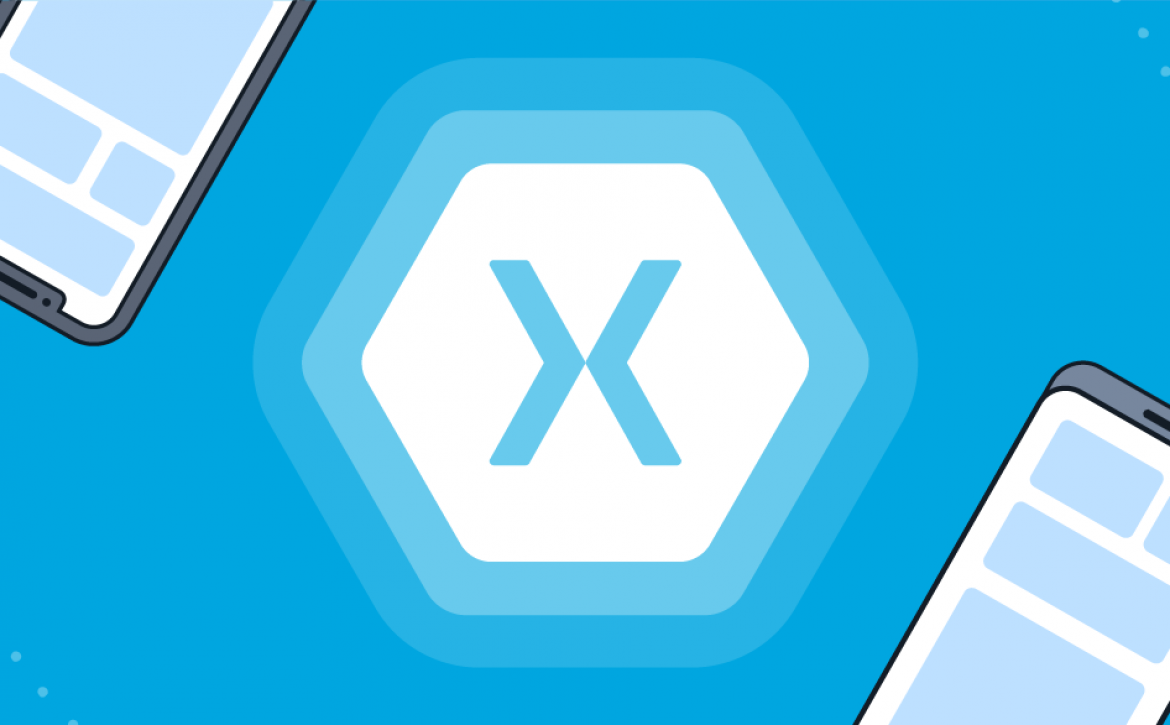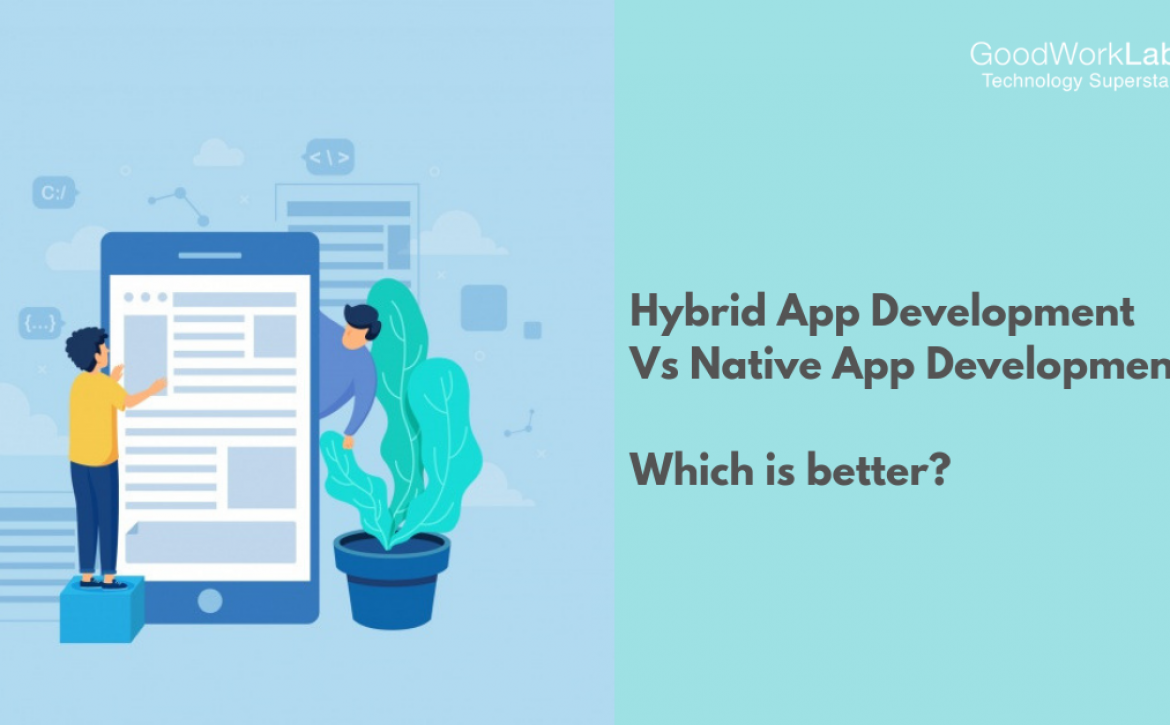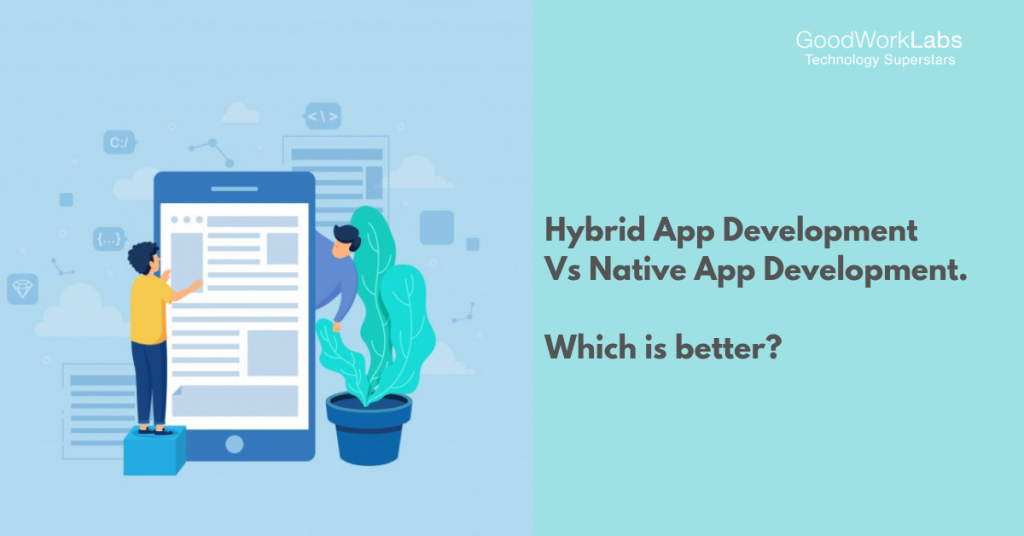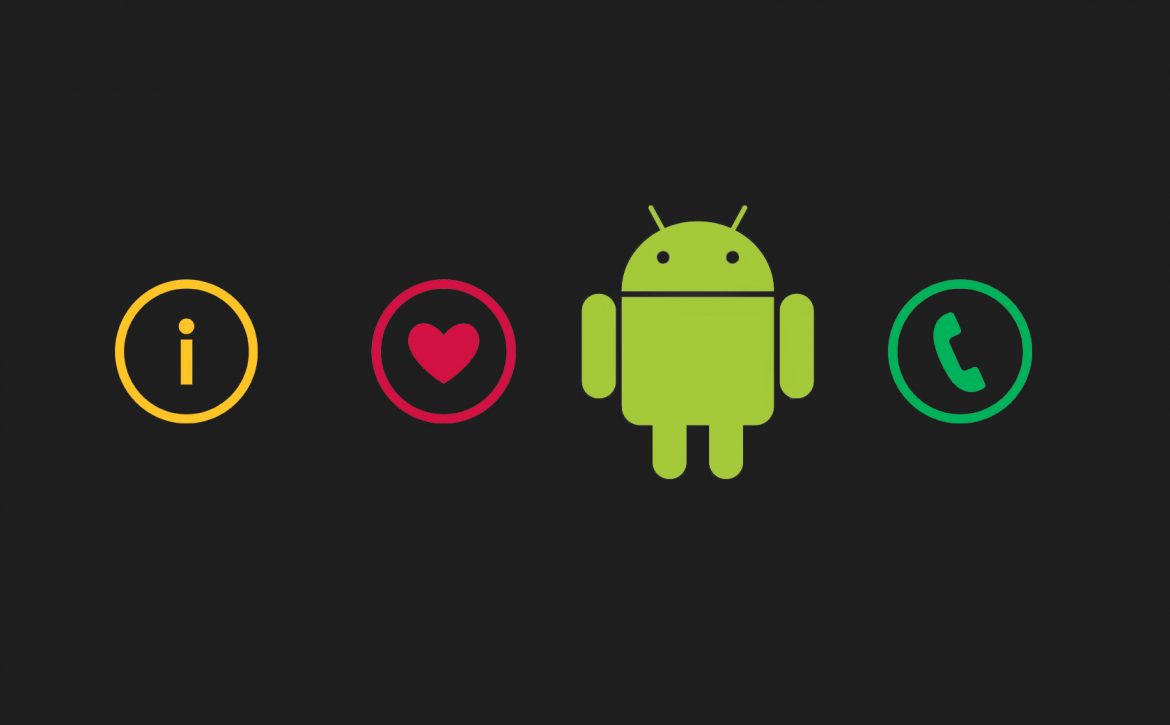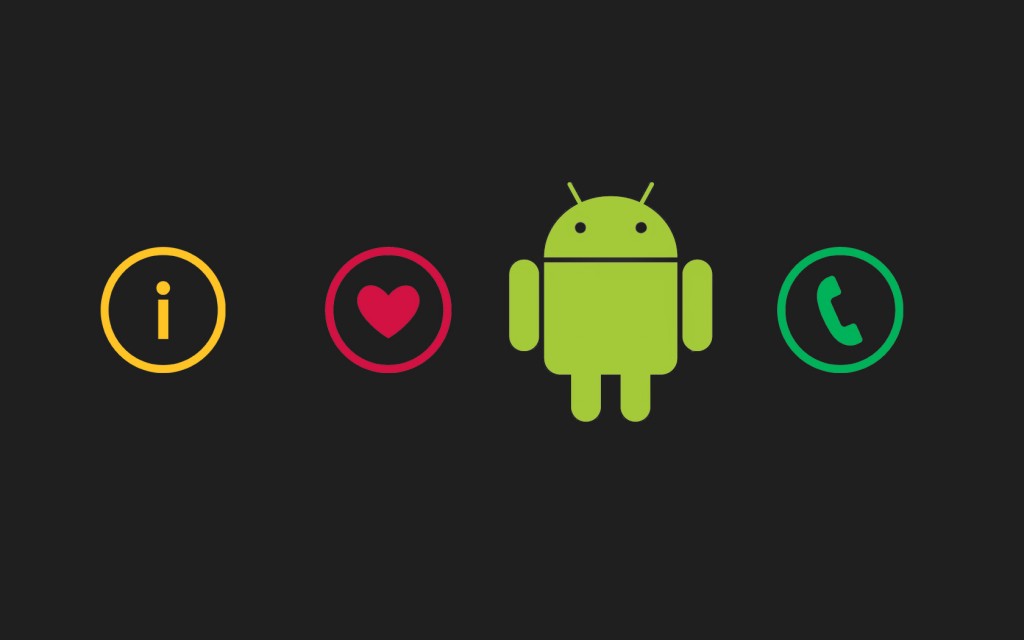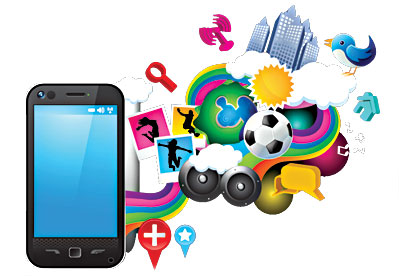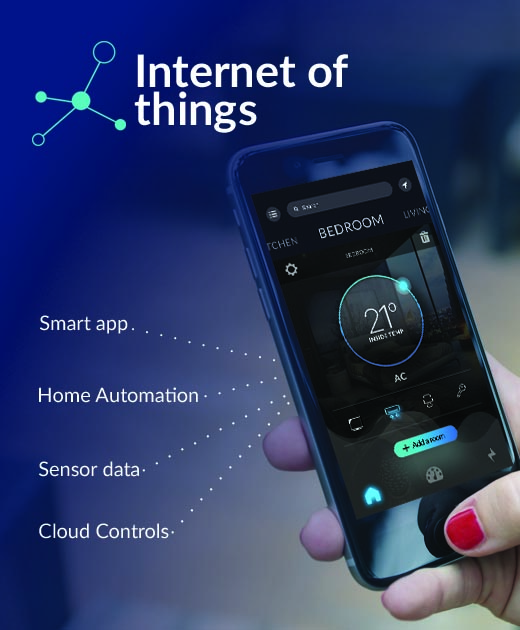How Android App Development Can Benefit Your Business?
With the ever-increasing mobile phone usage, utilizing the device for promoting business is a smart idea. With more than 2.5 billion active users on the Android platform, businesses are keen on releasing apps that are compatible with this platform. Moreover, the number of Android users is increasing steadily. If you don’t want to miss out on the massive customer base, you will need to release efficient yet reliable android apps.
Advantages of android app development for business
There are different benefits that you can gain from android app development. That way, you can give a boost to your brand with ease.
Take a look at some of the advantages –
- Rapid deployment
The quick development cycle of android apps enhances the appeal of the platform to business organizations. These last for a short period of time and give the companies an edge over the others in the market. It can be released into the market without much delay. This is one of the most essential benefits of android app development.
- Cost-effective
One of the biggest advantages that you can get from android app development is high ROI. The availability of the Android SDK makes it easy for developers to create interactive, dynamic, and reliable apps. For this, the developers will need to pay a registration fee. As it is a one-time payment, you won’t have to make any investment in that matter again. That way, you can cut down the investment costs significantly.
- Open-source
The Android community offers an excellent advantage to the developers. You can get your hands on the open-source technology that enables you to develop applications with varied requirements. Moreover, developers can interact with the active community and know more about the new expansions on the way. That adds to the increasing benefits of Android app development.
- Various sales channels
The usage of multiple sales channels for android app marketing makes it even more appealing to customers. Here, one can opt for a third-party application marketplace. Moreover, it is also easy to develop sales and distribution channels of your own. With the best promotional strategies, you can reach out to a wide range of users via multiple channels.
- Easy integration
Do you want to customize an existing app? Are you searching for complex customizations for your android app project? In that case, an android app is the easiest solution for developers. It is easy to make changes to the app as per the changing market demands and business needs. Moreover, you can use the background processes that aid in the easy integration of the apps.
- High scalability
With the availability of the Android Studio, the platform has gained an increase in the adaptability and flexibility aspects. Moreover, it integrates with the android ecosystem such as smartphones, TV, wearables, and more.
- In-built security
With Android, developers get access to a wide range of security features. This leads to the development of apps that offer adequate protection against viruses and malware. The reliability of the android apps is undeniable.
Conclusion
These are the different benefits you can attain from android app development. If you want to give a boost to your business, opting for android app development is an excellent idea. You can enjoy the multiple benefits without heavy investments. However, for the best results, you need to hire the best android app development company. For more details on our services, check out all our services: https://www.goodworklabs.com/



